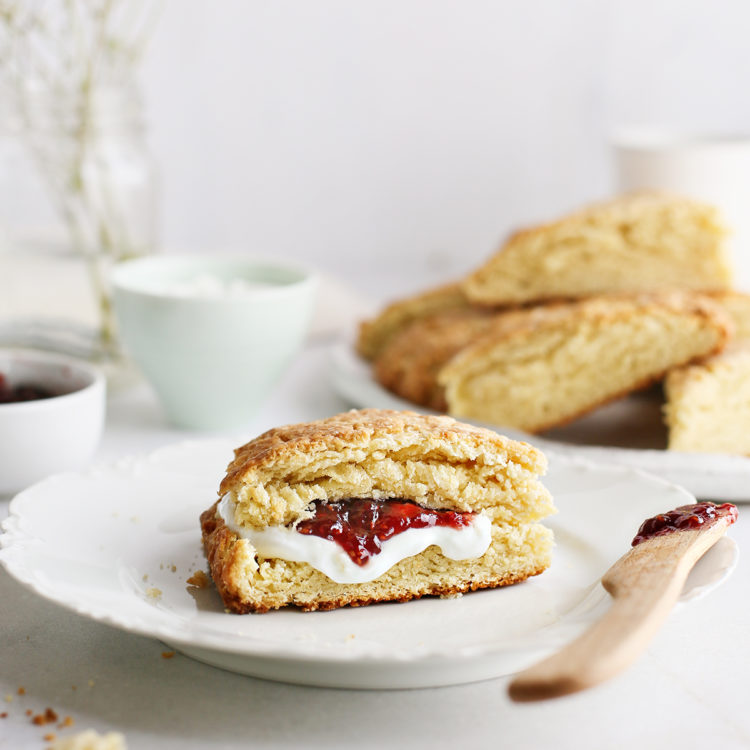
Master Scone Recipe (+ Flavor Variations!)
Use this Basic Scone Recipe to make any flavor of scone you want! This post shares my top tips for making perfectly tender, flaky scones every time plus the variety of purees, spices, and mix-ins you can use to customize the flavor.
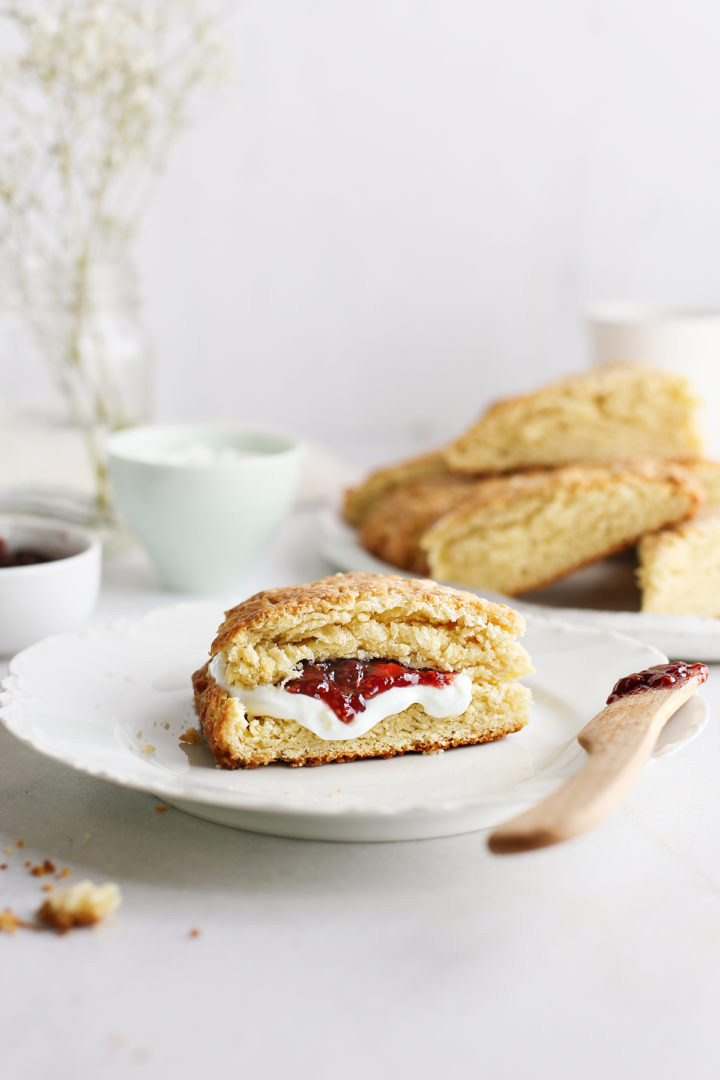
Why Having a Master Scone Recipe Makes Life Easier
The recipe I’m sharing with you today is what I consider to be my “master scone recipe.” It’s a super simple recipe that delivers perfectly buttery, tender, and flaky scones every time. (Seriously, I’ve used this base recipe for years to create the many scone recipes on Good Life Eats!)
Here’s why having a master scone recipe tucked up your sleeve is important: once you’ve broken down a recipe to its absolute bare bones and know what ingredient ratios work, you can easily tweak it to create any flavor of scone you want!
Adapt this base scone recipe for any season or occasion by adding mix-ins like chocolate chips or dried fruit, flavoring agents like vanilla extract or almond extract, and so much more. This recipe is even flexible enough that you can use different kinds of flour, sweeteners, and liquids in the dough!
I go into more more detail below, so keep reading for my top tips for making scones — plus the MANY ways you can transform classic scones into pretty much any flavor variation you like
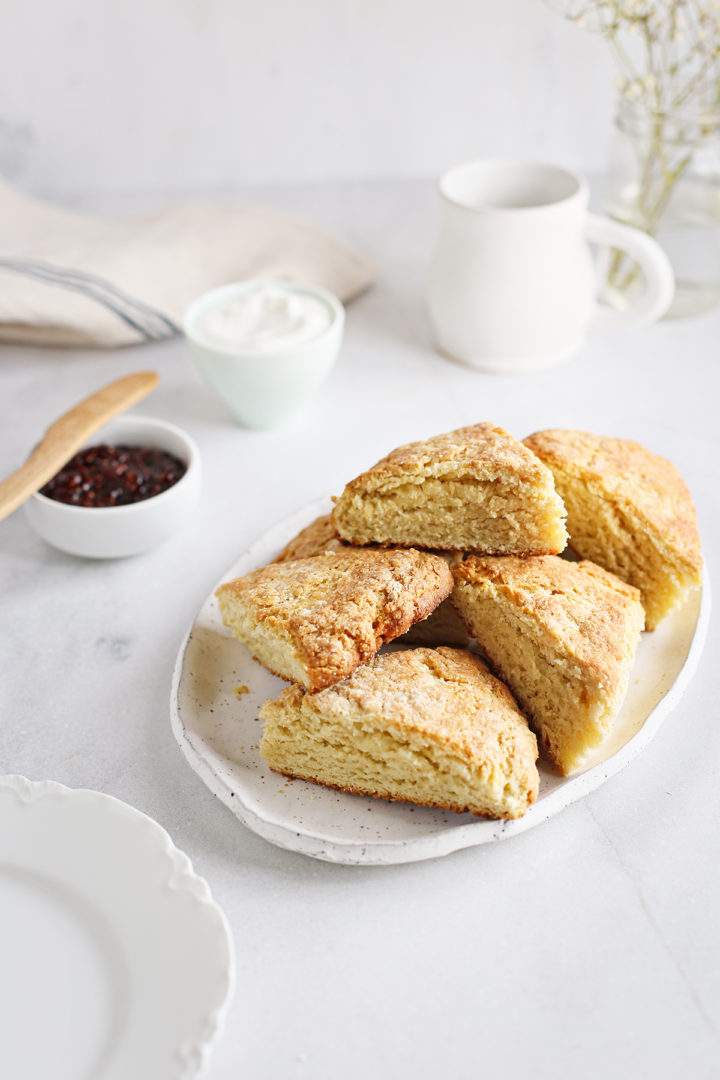
What Are Scones, Anyway?
Scones are a type of quick bread that originated in the UK. They’re tender and slightly flaky in texture, and can be made sweet or savory.
Scones are traditionally made with just flour, liquid (usually milk or cream), a leavening agent (like baking powder), eggs, and a type of fat (typically butter).
This recipe is for “American scones,” which are cut into triangles and are often loaded with mix-ins — unlike British scones, which are slightly denser and are either made plain or have dried currants mixed in.
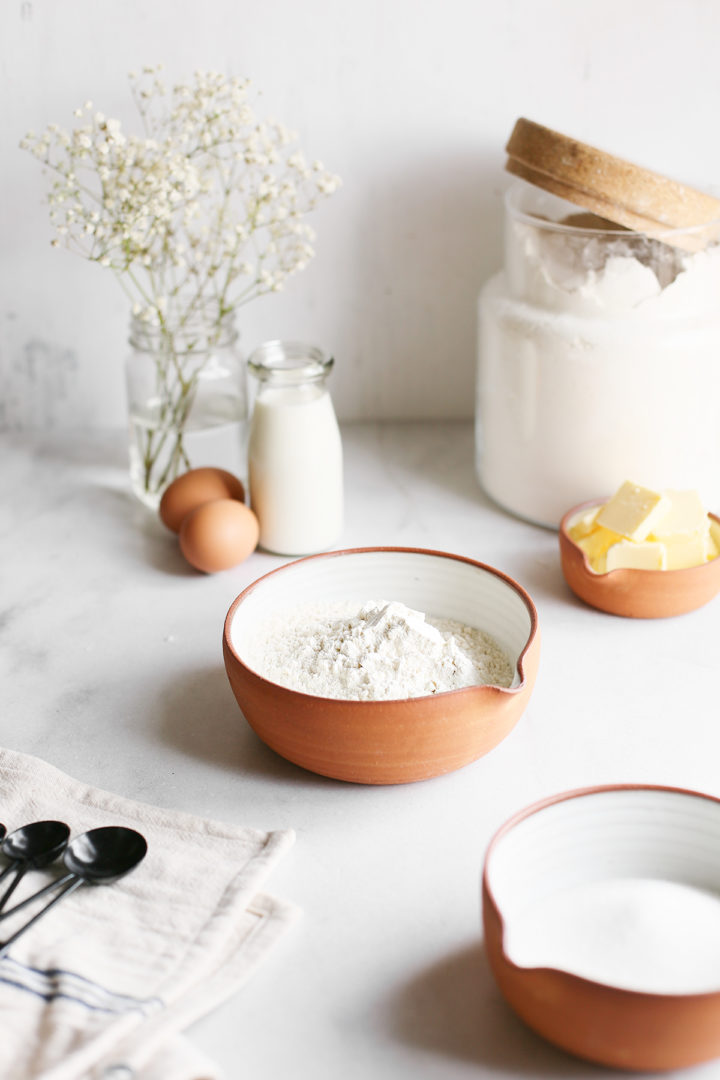
Kitchen Tools You’ll Need
There are a few specific tools you’ll need to make these easy scones:
- Large Mixing Bowl — To prepare the dough for the scones.
- Pastry Cutter — To cut the butter into the dry ingredients. A fork will also work well for this!
- Measuring Cups and Spoons — For measuring the dry ingredients.
- Liquid Measuring Cup — For measuring the milk.
- Wire Whisk — For combining the wet ingredients.
- Cookie Sheet — Any metal cookie or baking sheet will work for this recipe.
- Parchment Paper — The cookie sheet must be lined with parchment paper or greased with non-stick spray to prevent the scones from sticking to it.
- Knife — For cutting the dough into triangles.
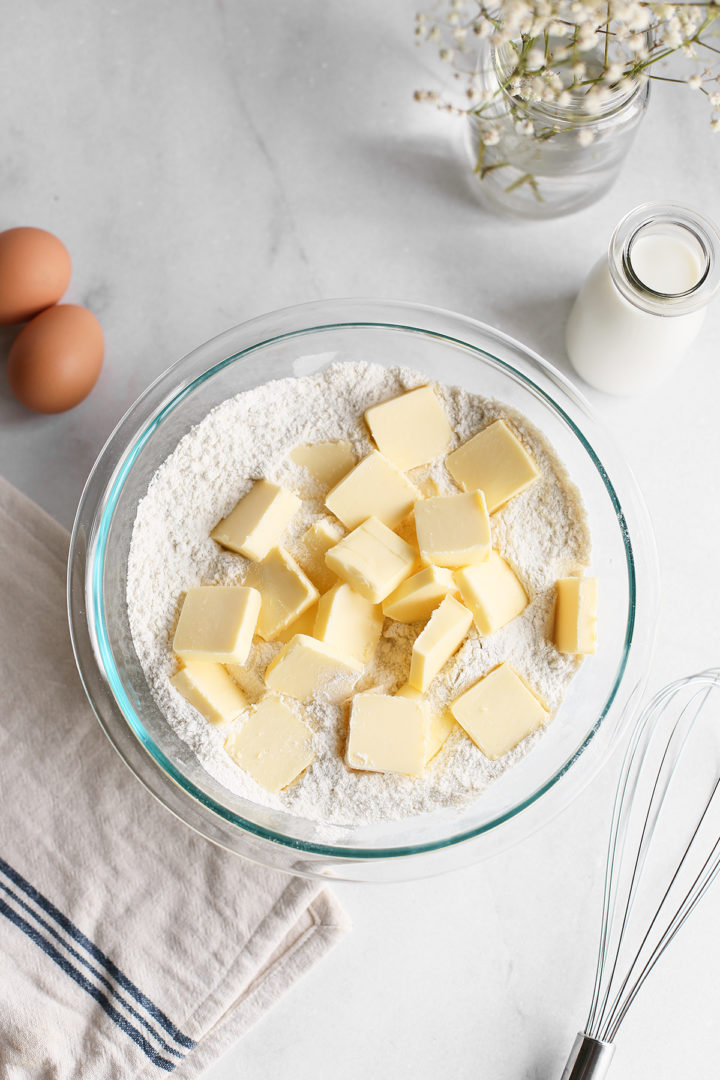
Ingredients Needed for Basic Scones
The best part about this base scone recipe is that it’s flexible. The flour, sweetener, and liquid used in this recipe can be adjusted to suit the ingredients you have on hand or to make a specific flavor of scone you’re craving.
For the plain scones, you’ll need:
- All-purpose flour
- Baking powder
- Granulated sugar
- Salt
- Butter
- Eggs
- Milk (any kind)
Ingredient Substitutions
- All-purpose flour — Sometimes I will use half all purpose flour and half white whole wheat flour.
- Granulated sugar — Can be replaced with cane sugar or brown sugar. Or, use a liquid sweetener such as agave, honey, molasses, or pure maple syrup (NOT pancake syrup).
- Liquid — I typically use 2% or whole milk, but buttermilk, heavy cream, half and half, or unsweetened non-dairy milk may be substituted. You may also replace up to half of the total liquid with some sort of fruit puree (pumpkin puree, applesauce, pear sauce, etc.).
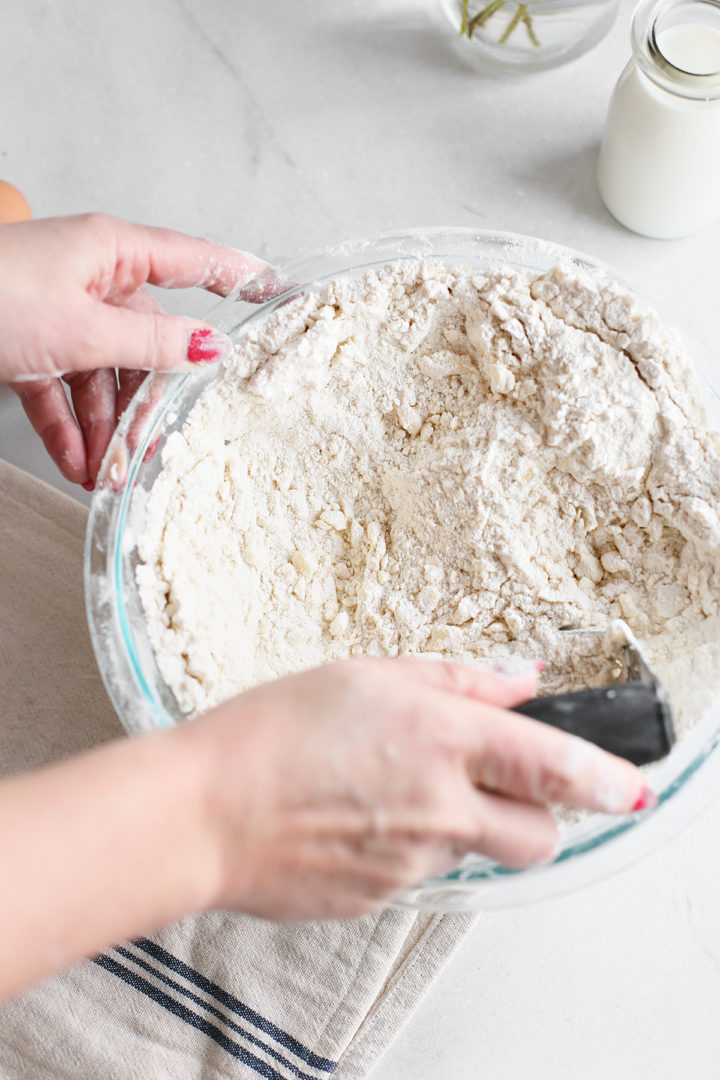
How to Make Scones
Making scones from scratch couldn’t be simpler! There’s no dough chilling required; you can shape the scones and bake them right away.
- Make the dough: Combine the flour, baking powder, sugar, and salt, then cut the cold butter into the flour mixture. Add the eggs and milk. Stir to combine.
- Shape the scones: Turn the dough out onto a floured surface and divide into two equal balls. Pat each ball into an 8-inch circle, then place onto a parchment paper-lined cookie sheet. Using a knife, divide each ball into six equal triangles.
- Bake the scones: Bake at 375ºF until lightly golden all over.
For the complete ingredient list and detailed instructions, scroll to the bottom of this post for the FREE printable recipe card.
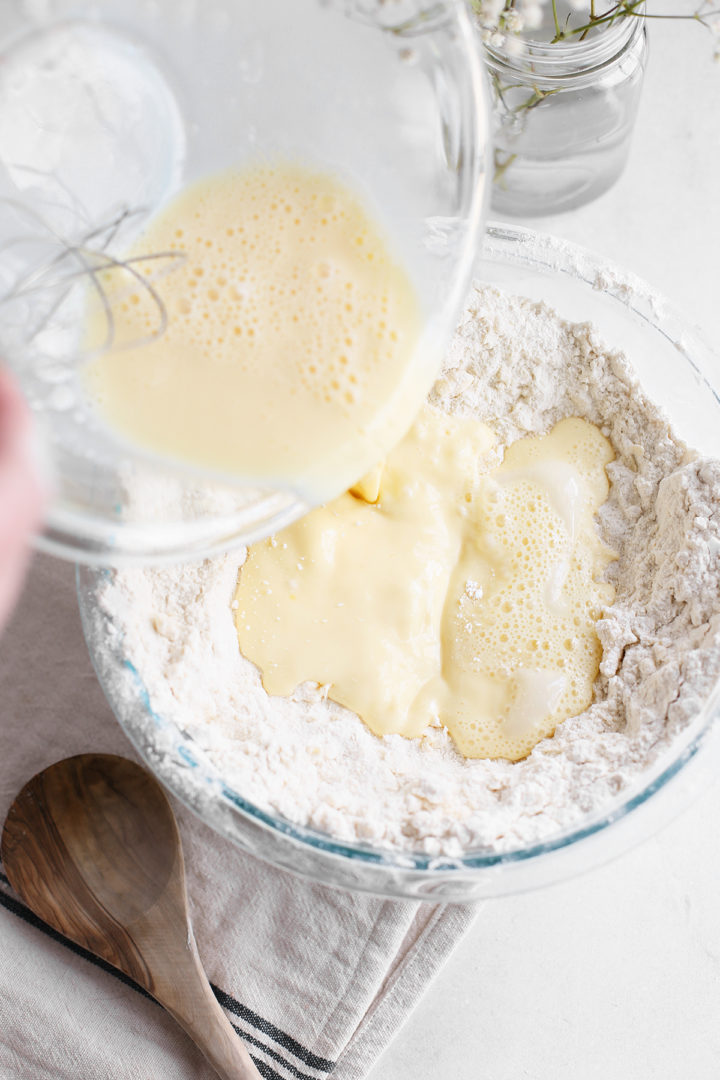
Topping Ideas for Scones
Scones are traditionally topped with clotted cream and jam, but the options are endless! Here are some toppings that I’ve used on scones before:
- Whipped cream or clotted cream
- Jam: Raspberry Chia Jam (or your favorite store-bought jam)
- Fruit curd: Lemon Curd, Homemade Orange Curd, Coconut Lemon Curd, Grapefruit Curd, or Raspberry Curd.
- Caramel sauce: Bourbon Caramel Sauce, Pumpkin Spice Caramel Sauce, or Rum Caramel Sauce.
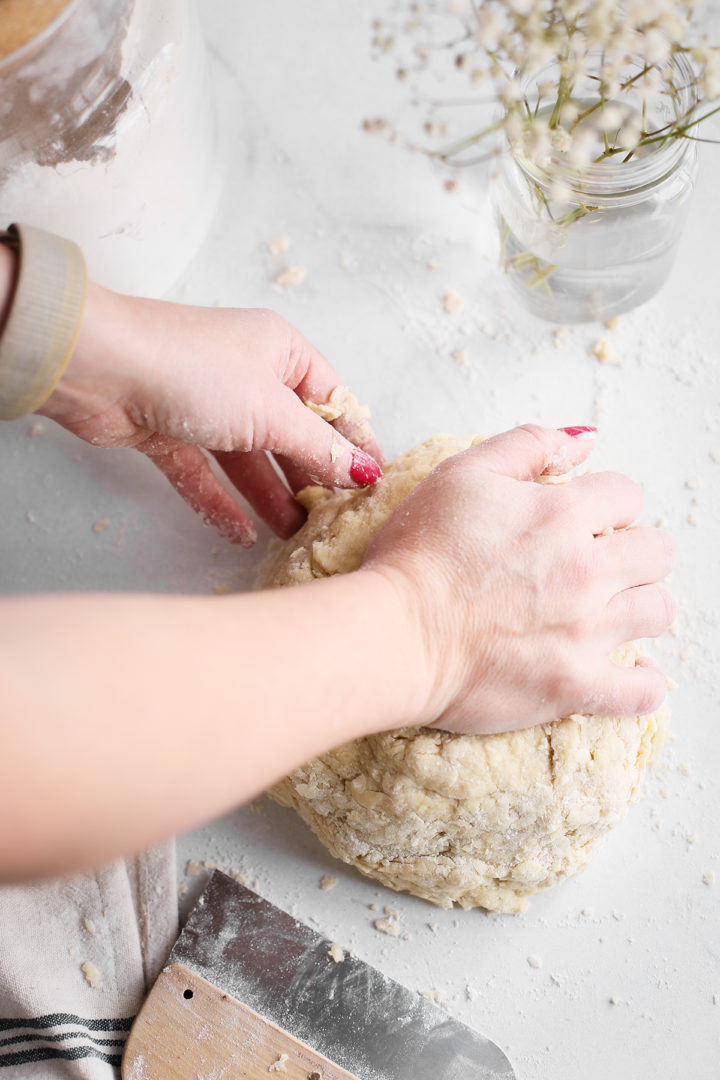
Tips for Making This Recipe
If using a liquid sweetener instead of granulated sugar, such as maple syrup or agave, you may need to use less than the recipe calls for. Liquid sweeteners taste sweeter than traditional sugar so you’ll need less to achieve the same level of sweetness. This is where you’ll have to experiment a bit in your own kitchen to find what works for you!
If making savory scones, use less sugar than the recipe calls for.
Don’t overmix the dough. That will make the scones dense and tough rather than tender and flaky.
Use cold butter for best results. I keep the butter in the fridge until I’m ready to slice it and add it to the dry ingredients. The cold butter will melt and create pockets of steam in the scones as they bake. Those pockets of steam are what make scones so flaky!
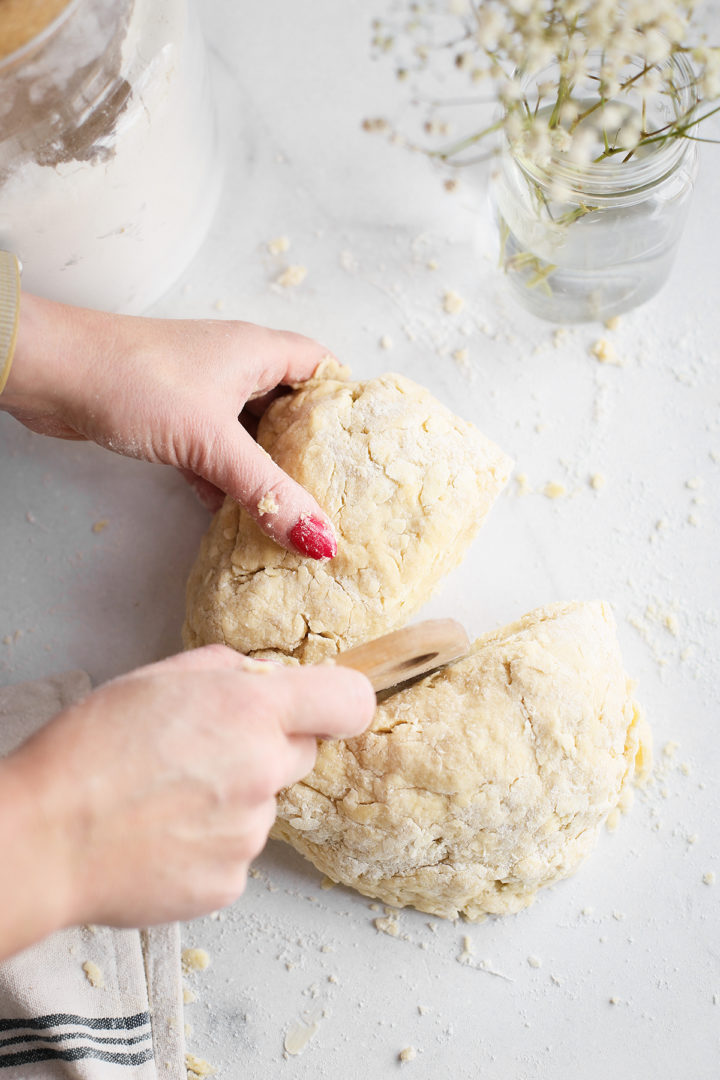
FAQs About Making Scones
Got questions about how to make this recipe? Here are the answers to a few commonly asked questions. Feel free to leave any other questions in the comments on this post and I’ll respond with answers.
Should scone dough be kneaded?
Yes, but not for long and only gently!
When you turn the dough out of the mixing bowl and onto your counter, you’ll want to knead it a few times to just bring the mixture together. From there, you’ll want to work quickly to shape the dough and bake it since it contains cold butter.
Should you chill the dough before baking scones?
If your kitchen is very warm or you took a while to shape and cut the dough, you can chill the raw scones in the fridge for 15 to 20 minutes before baking them. Chilling the dough before baking can help prevent the scones from spreading.
However, I typically do not chill this dough before baking. My kitchen stays relatively cool and I’ve made this base scone recipe so many times that I can knead, shape, and cut the dough in a matter of minutes. So I’ve never had issues baking them straight away!
Why aren’t my scones fluffy?
If your scones are dense and dry, that means you measured out too much flour. If they’re flat and chewy, then you used too much liquid in the dough.
Or, if you followed this master recipe exactly as written without making any tweaks of your own, your baking powder might have expired. If that’s the case, you can make a baking powder substitute using just baking soda and cream of tartar.
Can scones be made the day before?
Yes, you can bake the scones the day before. Let them cool to room temperature before sealing in an airtight container or zip-top bag. If serving to guests, I recommend doing so within 24 hours for best results.
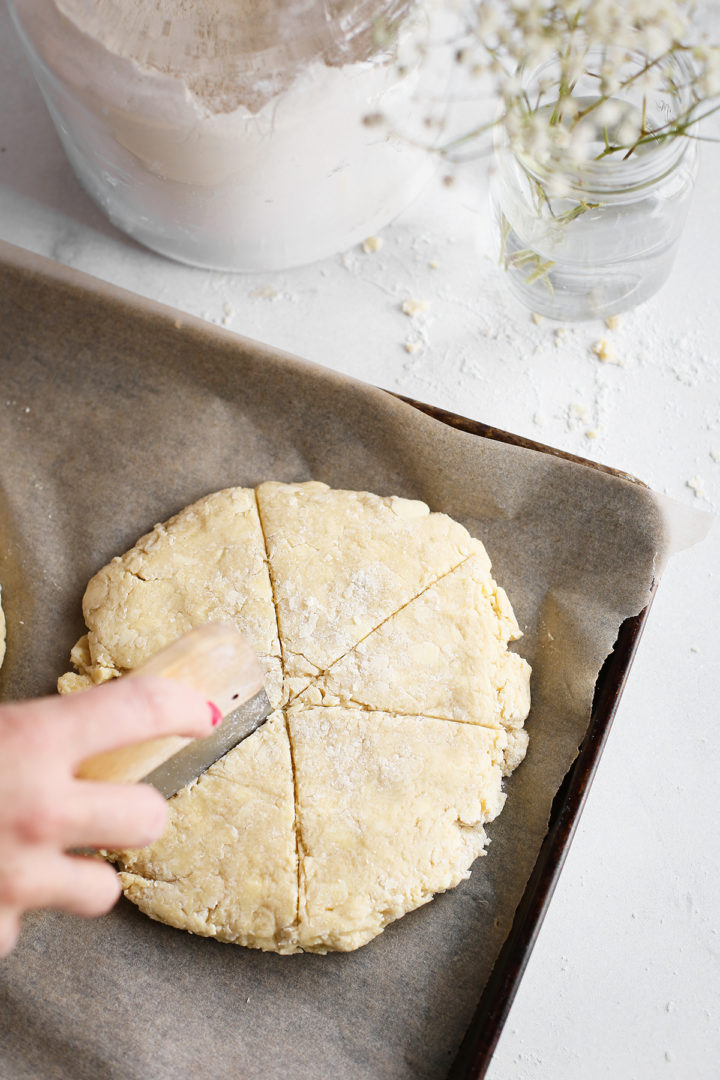
Flavor Variations to Try
I’ve used this basic scone recipe to make so many kinds of scones over the years! Here are some ideas for mix-ins and flavor variations to try. It’s so easy to create new flavors by swapping around the liquid, sweetener, and mix-ins used.
- Citrus zest — Add the zest of a full lemon, lime, orange, or grapefruit.
- Fresh fruit — Add up to 1 cup total; larger fruits should be cut into pieces the size of a blueberry.
- Dried fruit — Add up to 1 cup; cut larger fruits into bite-sized pieces.
- Seeds and nuts — Add up to ⅔ cup of chopped walnuts, pecans, almonds, poppy seeds, etc.
- Toasted coconut — Add up to ⅔ cup of toasted sweetened shredded coconut.
- Cheese — Add ⅓ cup diced or shredded cheese.
- Fresh herbs — Add a few tablespoons of finely chopped herbs.
- Baking extracts — You can 1 teaspoon of vanilla extract; other extracts such as orange, peppermint, etc. will likely require less than 1 teaspoon since they’re more potent than vanilla extract.
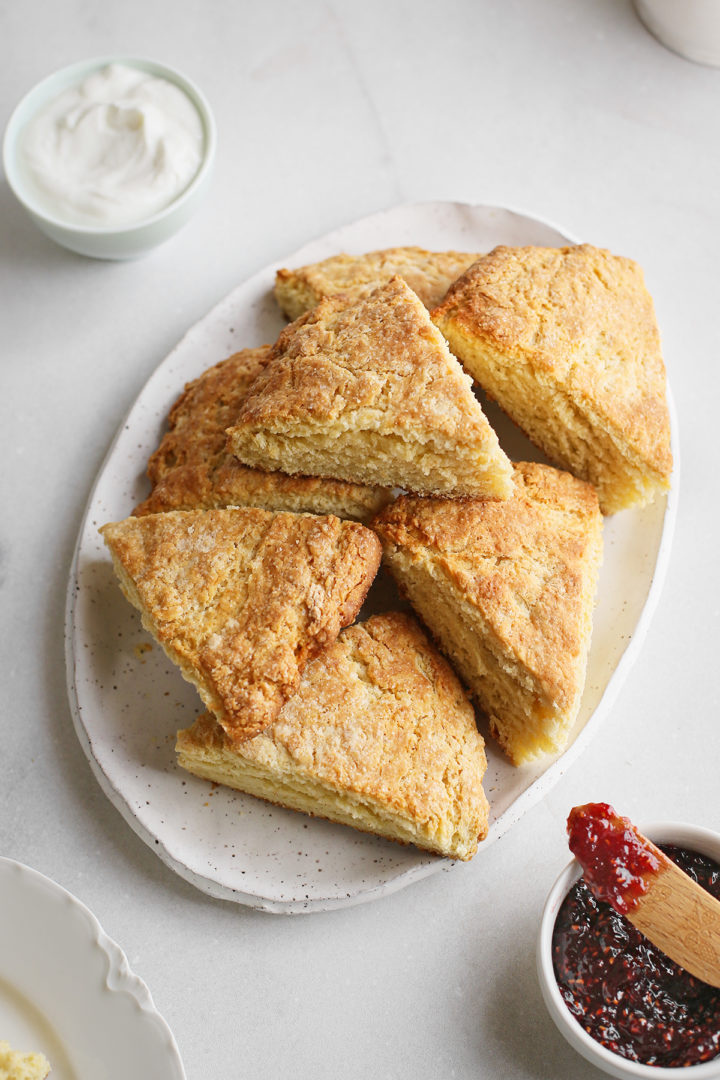
Storage Instructions
Let the scones cool to room temperature, then store in an airtight container for up to 5 days, noting that they’ll dry out over time.
Can Scones Be Frozen?
Yes! Scones freeze well. Let cool to room temperature, then seal inside an airtight container or freezer bag and freeze for up to 3 months. When ready to eat, place on the counter to thaw.
If you topped the scones with caramel sauce or glaze, I recommend freezing them without the topping.
Easy Scone Recipes
Now that you know the basics of making scones, you can start customizing the flavor! Here are some easy homeamde scone recipe you can make from this base recipe.
Strawberry Scones with Meyer Lemon
With fresh strawberries and a bag of Meyer lemons added to my grocery cart, these Strawberry Scones with Meyer Lemon were practically begging to be made.
Buttermilk Poppy Seed Citrus Scones
Buttermilk Poppy Seed Citrus Scones make a tasty springtime scone.
Toasted Coconut Scones with Almonds
The scone recipe itself is a pretty simple recipe that features hints of lemon and coconut, but toasted almonds and coconut combine to make an incredible topping to these scones.
Blueberry Lemon Scones
This recipe for Blueberry Lemon Scones is a simple scone recipe that features hints of lemon juice and fresh blueberries to a traditional flakey scone. They have a yummy, sweet lemon glaze.
Cranberry Orange Scones
Studded with fresh cranberries and flavored with orange juice and zest, these Cranberry and Orange Scones are a great make-ahead holiday breakfast idea!
Gruyere, Apple and Sage Scones
These Savory Scones are flavored with the quintessential fall flavors of apple, sage, and Gruyere. Perfect for dipping into a warm bowl of soup!
Quiche Lorraine Scones
Scones are generally in the "sweet" category so I wanted to try something different and thus the quiche lorraine scone was born! Who doesn't love cheddar biscuits - these are a good twist.
Strawberry Mascarpone Scones with Honey Milk Glaze
We love scones in my house. They are sweet enough to be a breakfast treat for the kids but not so full of sugar I don't feel good about serving them!
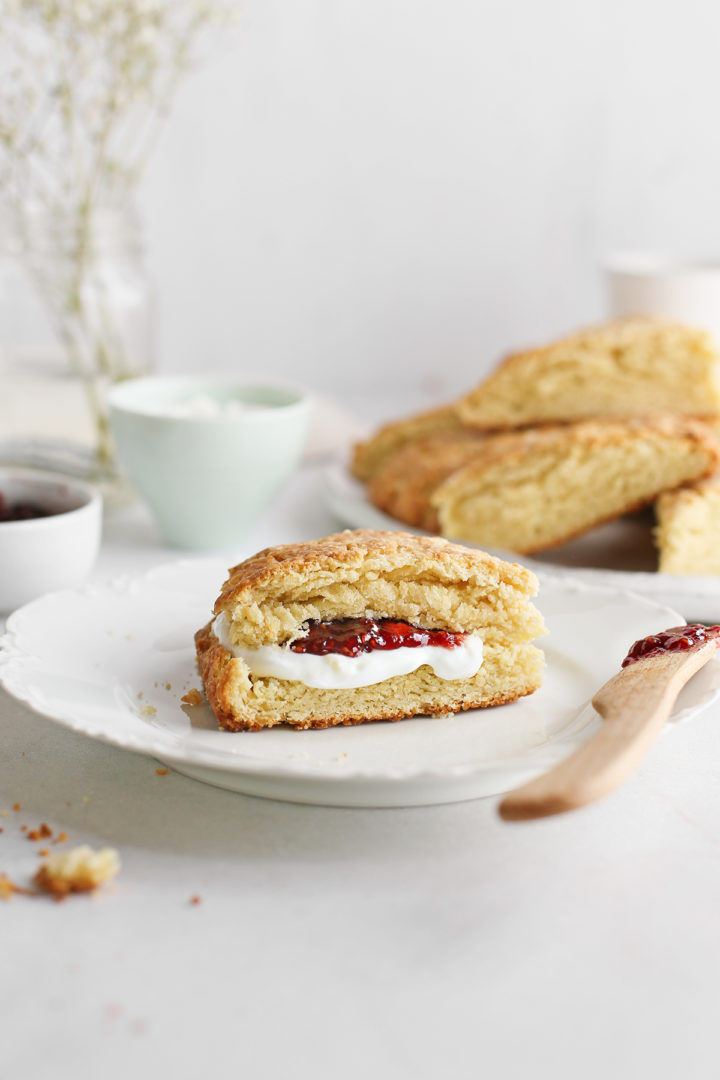
Try This Recipe at Home!
Next time you need a scone recipe that’s easy to customize, give this master recipe a try!
Did you find this recipe easy to make? Leave a comment below and give it a review for others to see what you thought.
On Instagram? Share your photo and tag me @goodlifeeats #goodlifeeatsrecipes. I’d love to see photos of your homemade scones!
Get More Recipes via Email
Did you love this recipe? Sign up to receive Good Life Eats Email Updates and never miss another recipe!
What is your favorite type of scone?
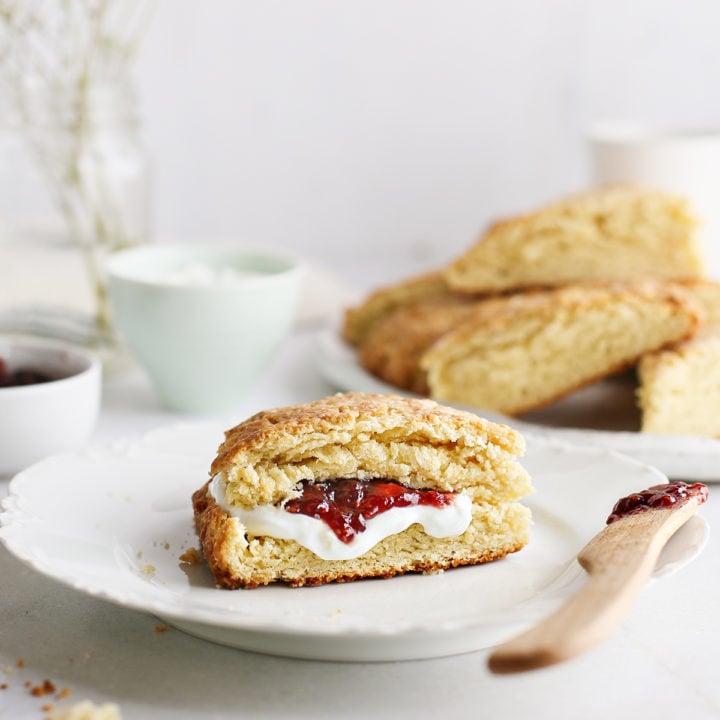
Master Scone Recipe
Use this Basic Scone Recipe to make any flavor of scone you want! This post shares my top tips for making perfectly tender, flaky scones every time plus the variety of purees, spices, and mix-ins you can use to customize the flavor.
Ingredients
- 4 cups all-purpose flour
- 4 teaspoons baking powder
- ¾ cup granulated sugar
- 1 teaspoon salt
- 1 cup room temperature butter, sliced
- 2 large eggs
- ⅔ cup milk
Instructions
- Combine the flour, baking powder, sugar, and salt. Cut the butter into the flour mixture until it resembles coarse sand.
- In a small bowl, whisk the eggs and milk together. Then, combine the egg mixture and the flour mixture until the dough is moist, do not over mix.
- Turn the dough out onto a floured surface and knead a couple of times. Divide dough into two equal balls.
- Pat each ball into an 8-inch circle. Place each ball onto a parchment paper-lined or greased cookie sheet. Score each circle with a knife into 6 wedges.
Making the Scone Dough
Shaping the Scones
Baking the Scones
- Bake in a 375 degree oven for 20-30 minutes, or until done and lightly golden. Allow the scones to cool.
- Serve with butter or clotted cream and jam or fruit curd.
Notes
Ingredient Substitutions
- All-purpose flour — Sometimes I will use half all purpose flour and half white whole wheat flour.
- Granulated sugar — Can be replaced with cane sugar or brown sugar. Or, use a liquid sweetener such as agave, honey, molasses, or pure maple syrup (NOT pancake syrup).
- Liquid — I typically use 2% or whole milk, but buttermilk, heavy cream, half and half, or unsweetened non-dairy milk may be substituted. You may also replace up to half of the total liquid with some sort of fruit puree (pumpkin puree, applesauce, pear sauce, etc.).
For specific flavor combinations you can try, read the blog post above.
Nutrition Information:
Yield: 12 Serving Size: 1Amount Per Serving: Calories: 355Total Fat: 17gSaturated Fat: 10gTrans Fat: 1gUnsaturated Fat: 5gCholesterol: 73mgSodium: 480mgCarbohydrates: 45gFiber: 1gSugar: 13gProtein: 6g
GoodLifeEats.com offers recipe nutritional information as a courtesy. This provided information is an estimate only. This information comes from online calculators. Although GoodLifeEats.com makes every effort to provide accurate information, these figures are only estimates.
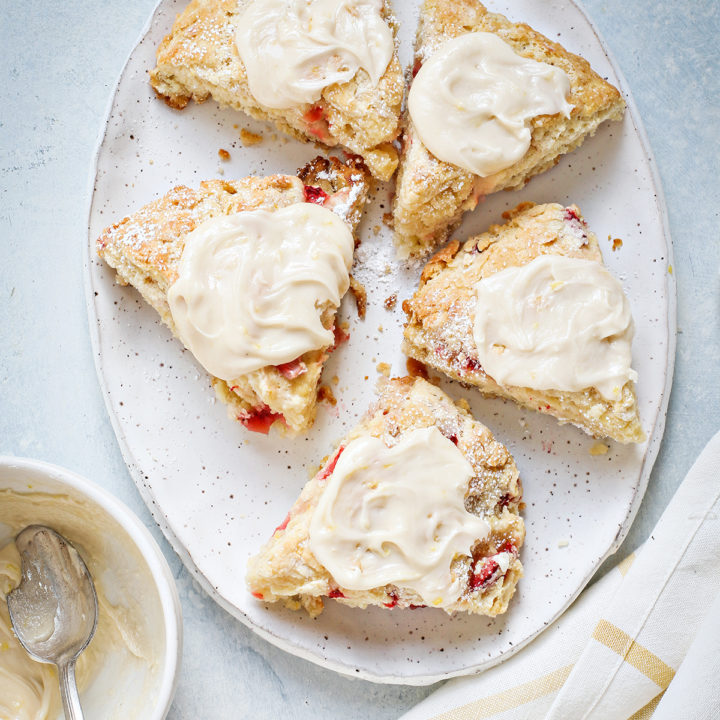
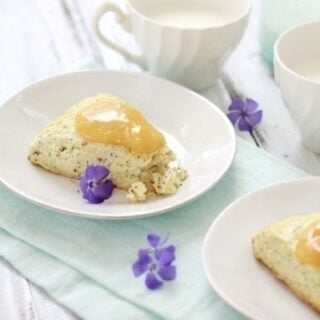
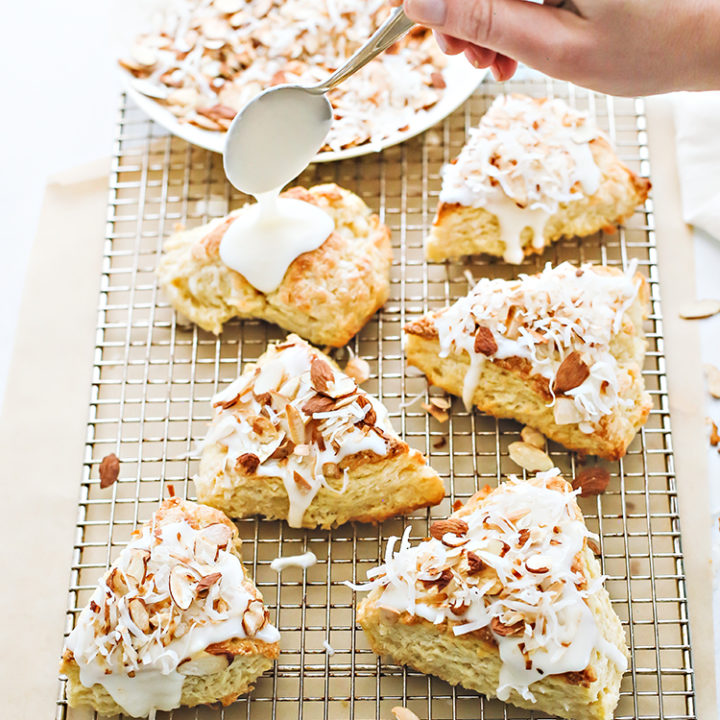
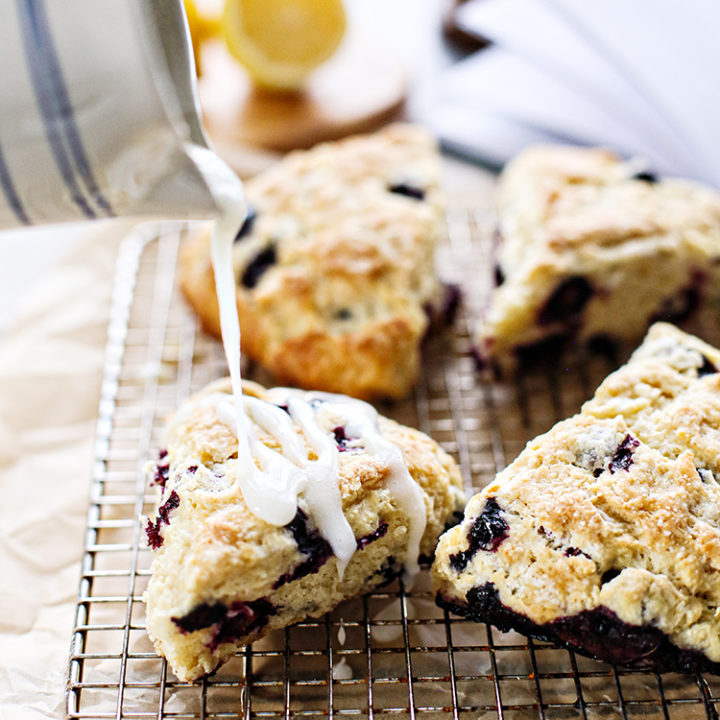
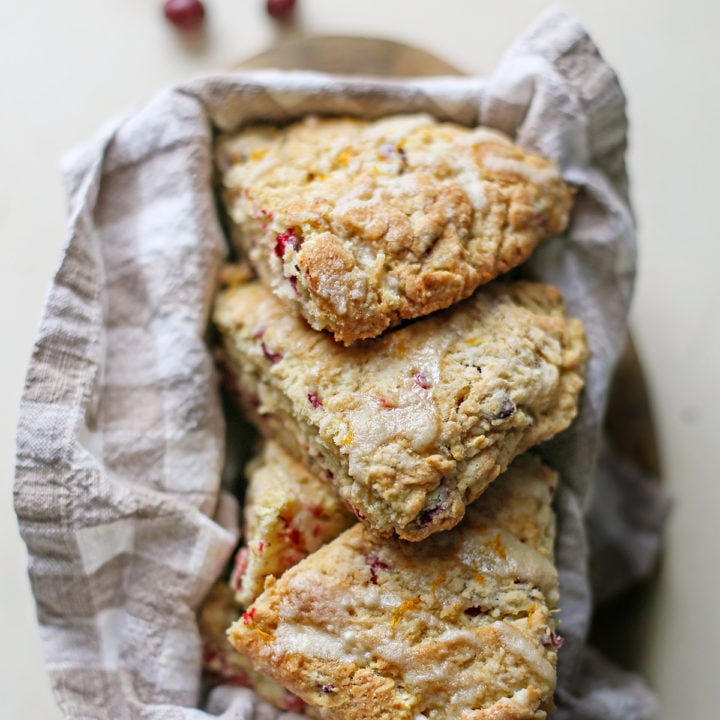
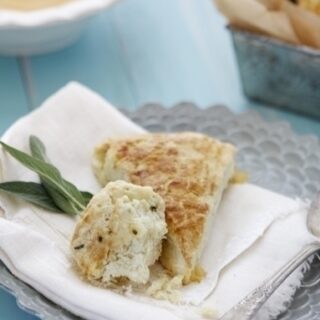
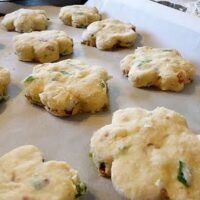
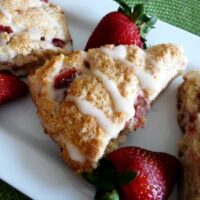
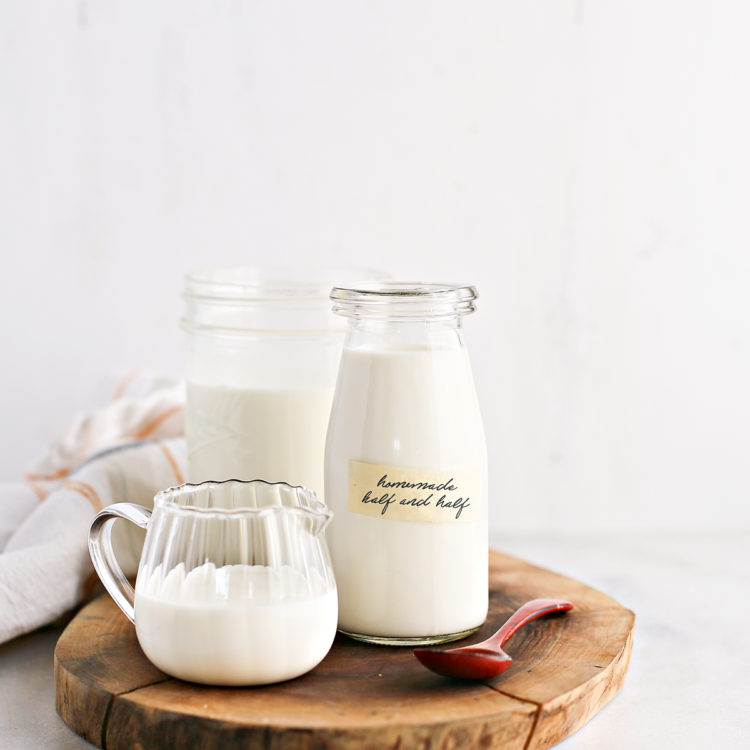
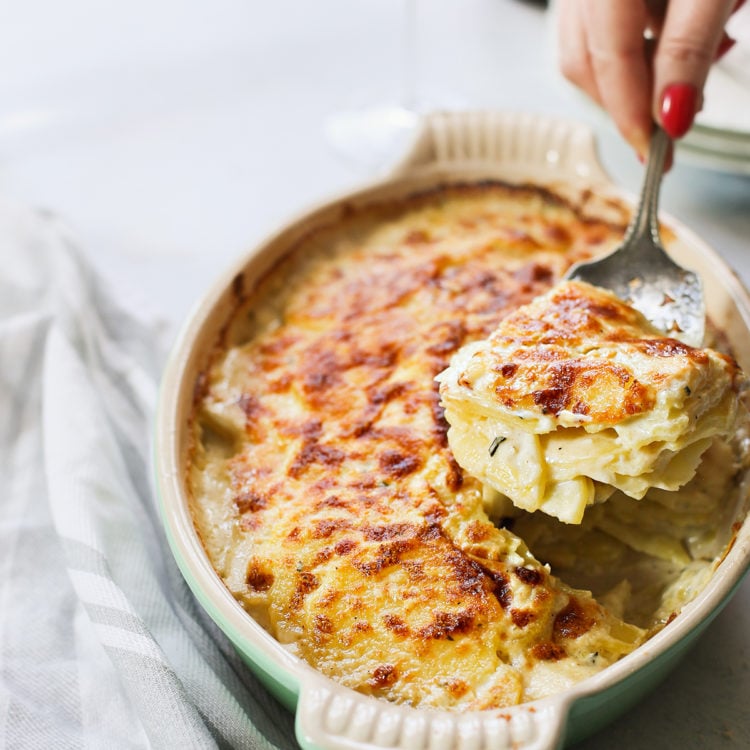
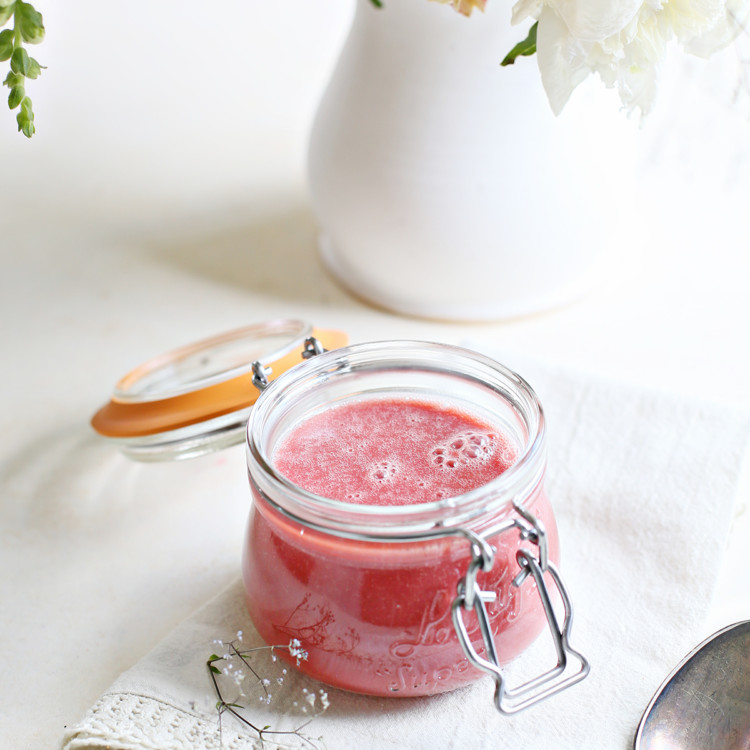
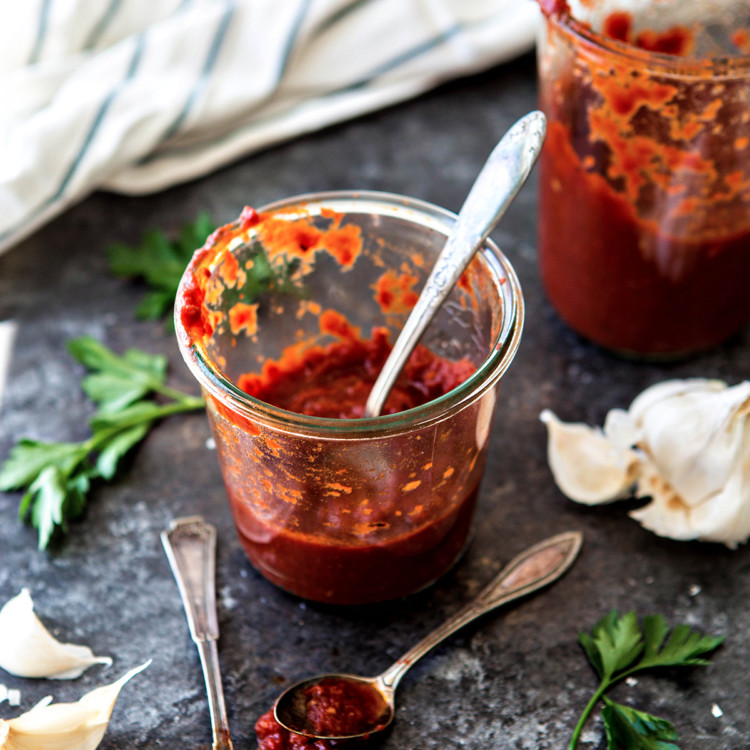
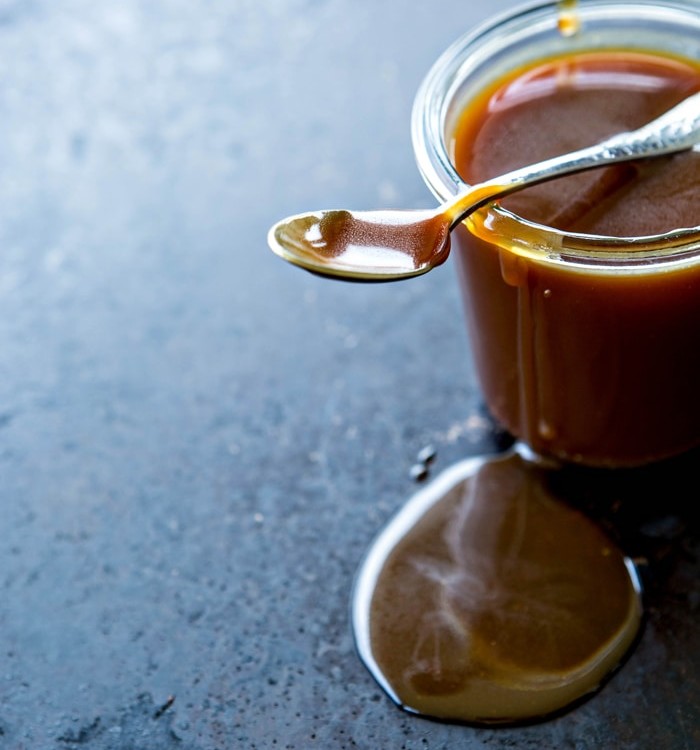
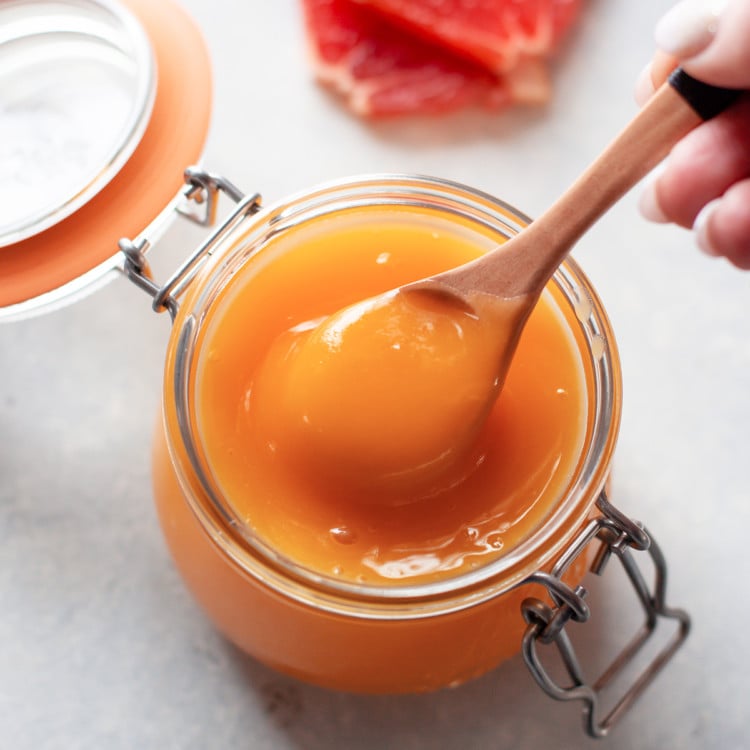
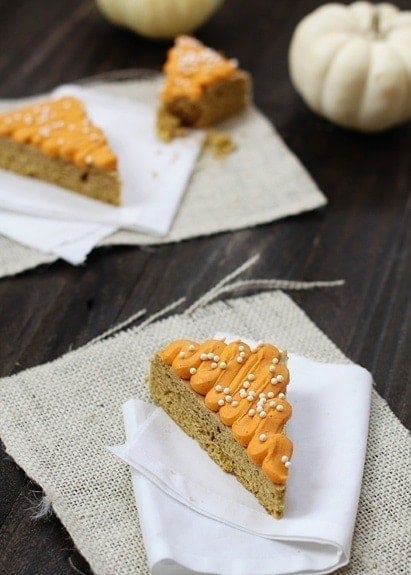

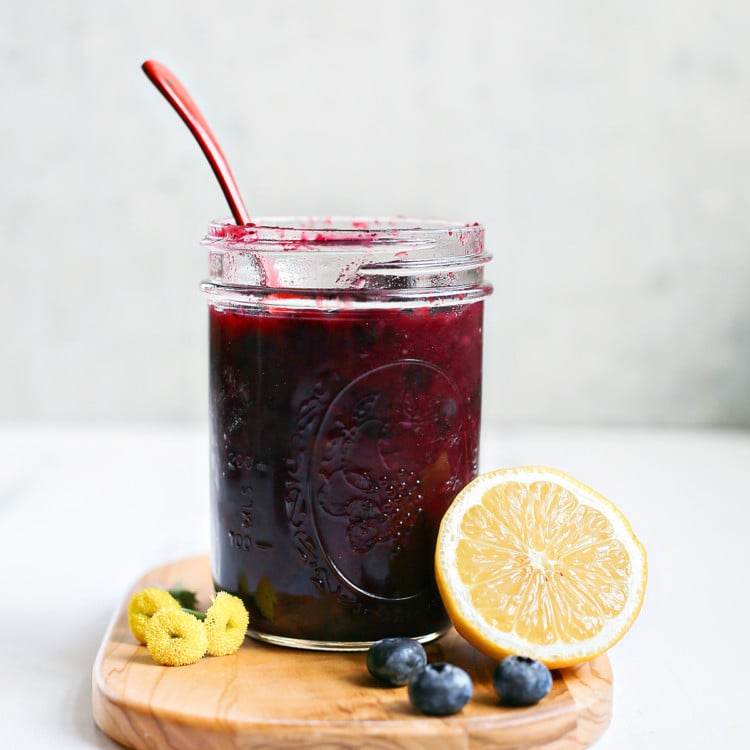
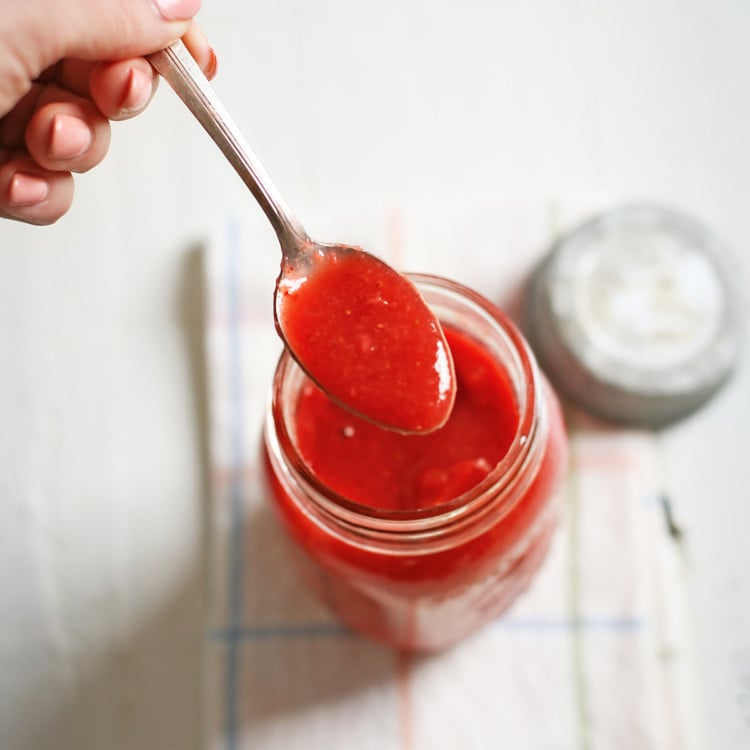

Leave a Comment